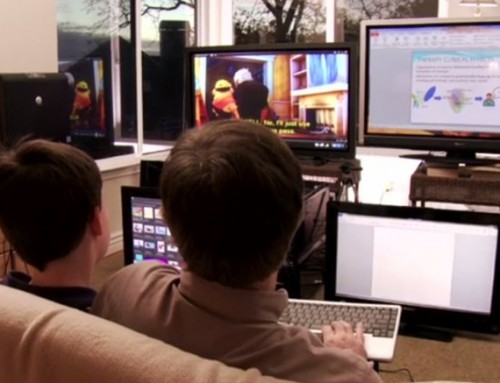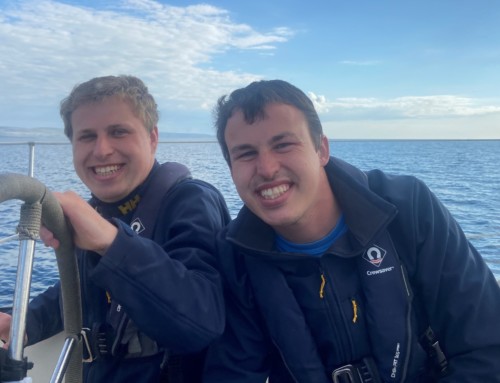Fondazione Oltre il Labirinto By Gabriela Motroc
Disney, Treatment for Children With Autism
Disney has become a treatment for children with autism, as Ron Suskind, journalist for The New York Times and Animated Language Learning, an Irish company show. One of Suskind’s children, Owen, started showing signs of this disease when he was three years old and could only communicate by means of Disney movies, which he watched repeatedly even after he grew up. At the same time, Enda Dodd, the founder of Animated Language Learning developed a technology that educates children with autism with the help of Disney and Pixar movies.
Ron Suskind learned that one of his sons, Owen was diagnosed with a regressive form of the disease which affects the brain’s development and, since then on, the child’s only contact with the outer world was made through the means of his favorite Disney characters. However, Suskind is not the only one to believe that Disney is a treatment for children with autism; Dodd’s two sons are both autistic, which is why he decided to create a company that addresses the needs of persons battling this disease with the help of cartoons. Dodd told TheJournal.ie that people who have been diagnosed either with autism or language disorders are intelligent, but their only problem is that they cannot communicate what they see. As a result, he is now remixing Disney and Pixar movies to help children associate pictures with language.
Owen’s Story
Owen Suskind is a living example that Disney can become a treatment for children with autism and help parents enter their world by impersonating fairytale characters. His father recalls his son’s obsession with watching movie after movie and rewinding certain parts over and over again. While watching The Little Mermaid with his family, Owen, who, until then was babbling a word that his parents thought meant “juice,” rewound a part in which the villain tells the hero “It won’t cost much, just your voice.” The child’s parents realized that the babbling made sense and he was repeating what he heard in the Disney movie.
Walt Disney World is, indeed “the happiest place on Earth” for children suffering from this condition and, according to Ron Suskind, the visit to Disney World seemed to be Owen’s safe place. Donna Lorman, President of the Autism Society of Greater Orlando agreed that this amusement park is a good environment for children, regardless of their health status. However, when it comes to autistic children, Disney resort staff members are knowledgeable and kind and Lorman advised parents not to miss the Disney shows. Suskind also uttered that his son thrived and seemedconnected to the surroundings while at Disney World.
Why Disney?
Neither Suskind, not Dodd know why children with autism react to Disney movies, but this unconventional treatment works not only when parents wish to communicate with their children, but also when learning how to label emotions.
Owen talked to his father by means of his favorite character, Iago, the parrot fromAladdin and succeeded in answering the questions that his father asked while playing a role.
“I can’t understand what people say,” Owen told Iago in a natural, easy voice.
Although children with autism undergo therapy, Suskind has proved that Disney can be perceived as a treatment thanks to its ability to help them learn emotions.








Leave A Comment